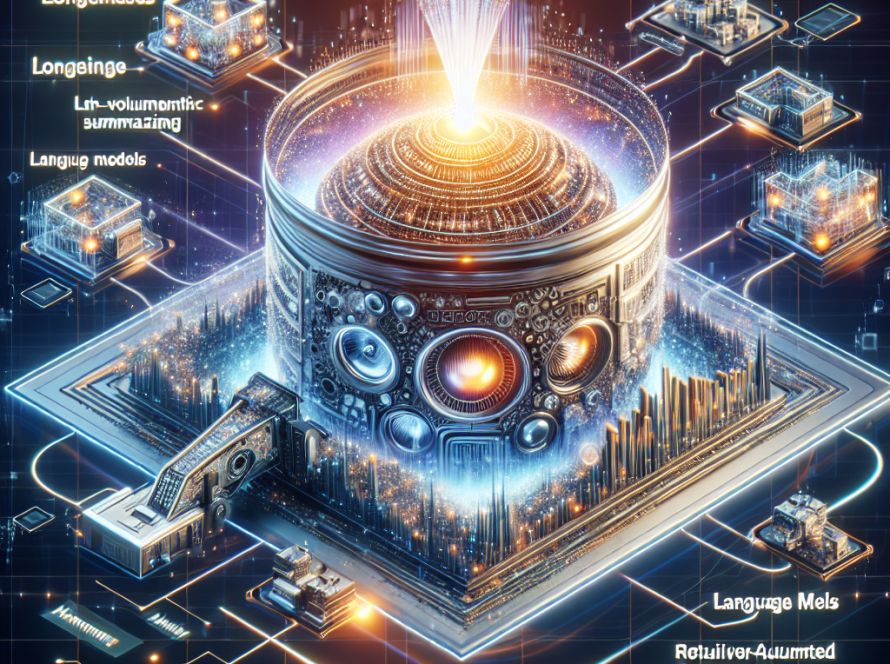Large Language Models (LLMs) have achieved considerable success in various tasks related to language understanding, reasoning, and generation. Currently, researchers are focusing on creating LLM-based autonomous agents for more diverse and complex real-world applications. However, many situations in the real world pose challenges that cannot be overcome by a single agent. Hence, engineers are developing frameworks for multi-agent collaboration, somewhat similar to how individuals work together in society. However, this approach has its limitations as it primarily relies on handcrafted designs that make scalability difficult due to the heavy involvement of human labour.
Current methods to tackle multi-agent collaboration challenges aim at developing autonomous agents with advanced LLM skills. Despite some promising results, most depend heavily on handcrafted designs, limiting their ease of adaptability. Several frameworks aim to generate agents for collaboration automatically, but they too rely on human intervention.
In response to these shortcomings, researchers from Fudan University and Microsoft Research Asia present an innovative method for agent generation called EVOAGENT. EVOAGENT views the creation process as an evolutionary phenomenon and can generate multiple agents based on pre-defined agents. With EVOAGENT, a series of operations such as selection, crossover, and mutation are used to evolve a specialized initial agent without any need for human effort. It can be applied to various scenarios, making it a universal agent generation method. Experiments conducted on different datasets show EVOAGENT can generate diverse agents with specialized skills, thus constantly improving model performance across scenarios.
EVOAGENT’s process operates through a four-stage pipeline that resembles evolutionary processing. The method begins with initialization using a pre-defined agent as the parent agent, followed by crossover and mutation operations performed using LLMs to generate child agents. A quality-check function is also incorporated to ensure varied yet performance-efficient agents. Finally, the process merges the outputs of child agents with previous results. This process can be replicated to generate more agents, effectively converting single-agent structures into multi-agent systems without any additional human intervention.
EVOAGENT has demonstrated remarkable results across a variety of tasks, including Natural Language Processing (NLP), multi-modal reasoning, interactive scientific problem-solving, and real-world planning scenarios. In all of these areas, EVOAGENT consistently outperformed existing methods. For example, EVOAGENT achieved 77% accuracy with GPT-4, compared to 65.5% by the next best method on the Logic Grid Puzzle task. These results underscore EVOAGENT’s potential for complex problem-solving and planning scenarios.
In summary, EVOAGENT represents an innovative approach to the automatic generation of multi-agent systems by utilizing evolutionary algorithms. Experimental results suggest it could substantially enhance the performance of LLM-based agents in complex problem-solving scenarios, demonstrating its potential to advance the field of multi-agent systems in artificial intelligence.


